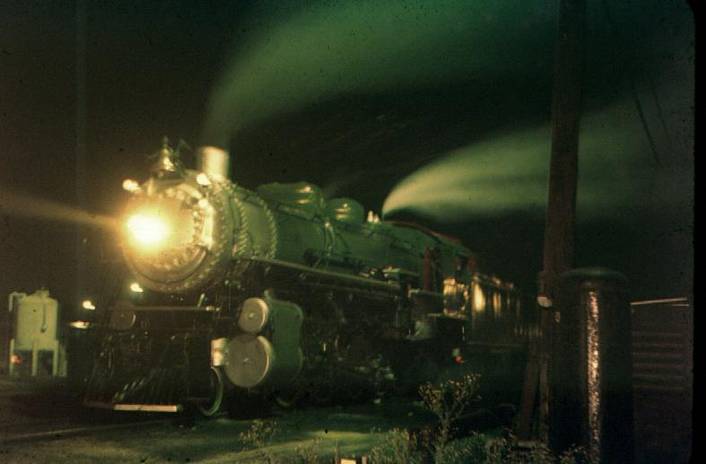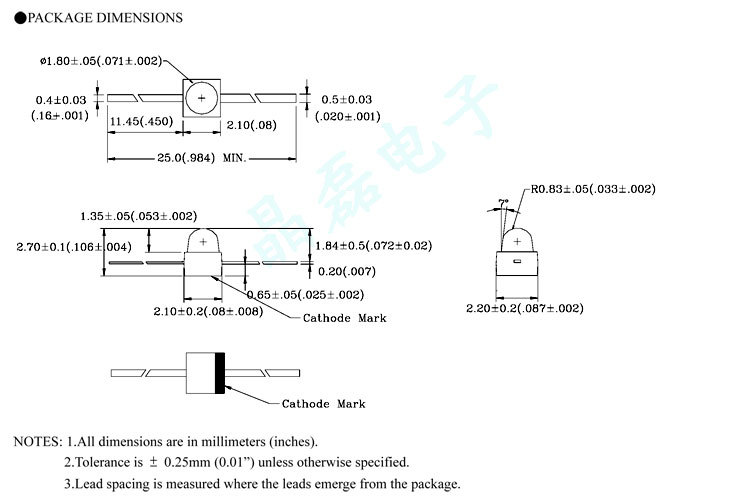In the TMCC section of the forum, I'm upgrading my Lionel Southern Mikado circa 1992 to full ERR Cruise and updated RailSounds.
While doing that, I wanted to replace the LED's to make the connections simpler. Plus, the LED's I had in the engine needed a special separate board with resistors and rectifiers.
I need 5 essentially:
- 2 white/warm white bulbs for the headlight and back up light
- 1 red bulb for the fire box glow
- 2 yellow/amber bulbs for the classification lights (since the real engine had amber lights, not red)
Evan Designs of Model Train Software seemed good for most of my needed choices - they're resistors and everything to keep the bulb from burning out is wired already to them, so installing them would be much easier. I found ideal choices for the firebox bulb and the head and back lights (http://www.modeltrainsoftware.com/bl-212.html), but I can't seem to find grain of rice bulbs on their site that can fit into the classification lights. I don't think the 1.8 mm bulbs will fit because the opening in the lamps is so skinny.
Any help is appreciated. ![]()
















